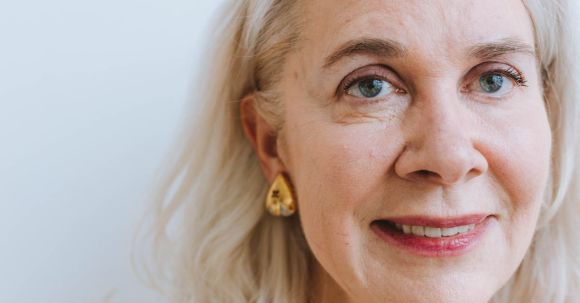Aging is a natural process that every living organism experiences. As the years go by, our bodies undergo numerous changes, both internally and externally. Wrinkles appear, energy levels decrease, and the risk of chronic diseases increases. It’s a reality that many of us are not particularly fond of. But what if we could reverse the aging process? Is it possible to turn back the clock and regain our youthful vitality? In recent years, scientists have made exciting advancements in the field of anti-aging research, offering hope that one day we might be able to slow down or even reverse the effects of aging.
Understanding the Biology of Aging
To tackle the question of reversing aging, it is essential to understand the underlying biology of the process. Aging is a complex phenomenon influenced by a combination of genetic, environmental, and lifestyle factors. At the cellular level, aging is associated with a gradual decline in the function and efficiency of various biological processes. Telomeres, the protective caps at the ends of our chromosomes, shorten over time, leading to cellular aging and eventual cell death. Additionally, the accumulation of cellular damage and the decline of essential repair mechanisms contribute to the aging process.
Targeting Telomeres: The Fountain of Youth?
Telomeres have long been a focus of anti-aging research. Scientists have discovered that the enzyme telomerase can extend telomeres, potentially reversing the aging process at a cellular level. In laboratory studies, telomerase activation has been shown to rejuvenate cells and increase their lifespan. However, there are still many challenges to overcome before telomerase-based therapies can be used in humans. Telomerase activation must be carefully regulated to avoid the risk of cancer, as cancer cells also rely on telomerase to grow and divide. Nevertheless, telomeres hold promise as a potential target for reversing aging.
The Role of Epigenetics
Epigenetics refers to the study of changes in gene expression that do not involve alterations to the DNA sequence itself. It has become increasingly clear that epigenetic modifications play a crucial role in the aging process. Epigenetic changes can be influenced by various factors, including diet, exercise, and stress. Recent studies have shown that it is possible to reverse some of these age-related epigenetic changes. By modifying lifestyle factors and using targeted interventions, researchers have successfully reversed epigenetic marks associated with aging in animal models. These findings suggest that epigenetic modifications could be a key to reversing aging in humans as well.
The Potential of Senolytics
Another exciting area of anti-aging research involves senescence, a state in which cells lose their ability to divide and function properly. Senescent cells accumulate with age and contribute to tissue dysfunction and chronic inflammation. Researchers have developed a class of drugs called senolytics, which selectively eliminate senescent cells. In animal studies, senolytic treatments have shown remarkable results, including improved physical function and extended lifespan. Clinical trials are currently underway to assess the safety and effectiveness of senolytics in humans. If successful, this approach could offer a promising way to reverse the effects of aging.
The Road Ahead
While the advancements in anti-aging research are undoubtedly exciting, it is important to approach the topic with a realistic perspective. Reversing the aging process entirely may still be far from our reach. However, the scientific discoveries made in recent years have provided valuable insights into the underlying mechanisms of aging and opened up new possibilities for interventions. By focusing on the biology of aging, targeting telomeres, understanding epigenetic modifications, and exploring senolytics, scientists are inching closer to finding ways to slow down or reverse aspects of the aging process.
Conclusion: A Brighter Future?
The quest to reverse aging is a complex and ambitious one, but the recent advancements in scientific understanding and technology offer hope for a brighter future. While we may not be able to turn back the clock entirely, the potential to extend healthy lifespan and improve the quality of life in our later years is within our grasp. As research continues to progress, it is essential to remain optimistic and supportive of the scientists and their tireless efforts to unravel the mysteries of aging. Who knows what breakthroughs lie ahead and what possibilities they may bring? Only time will tell.
